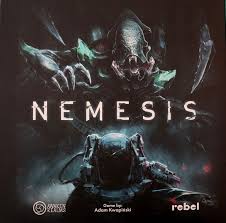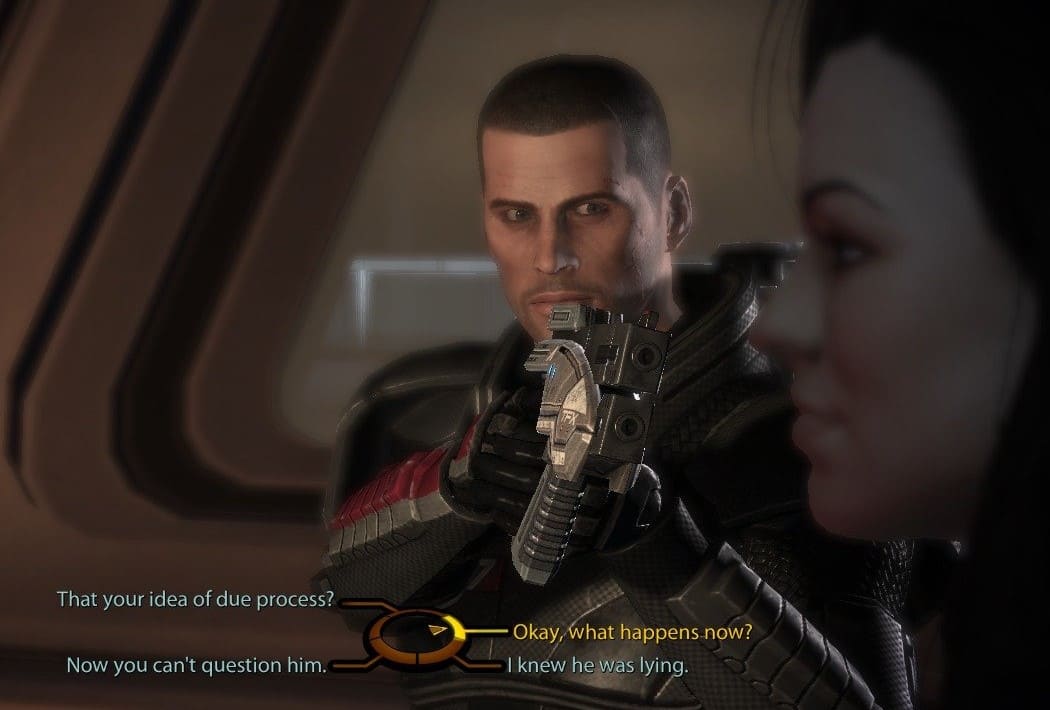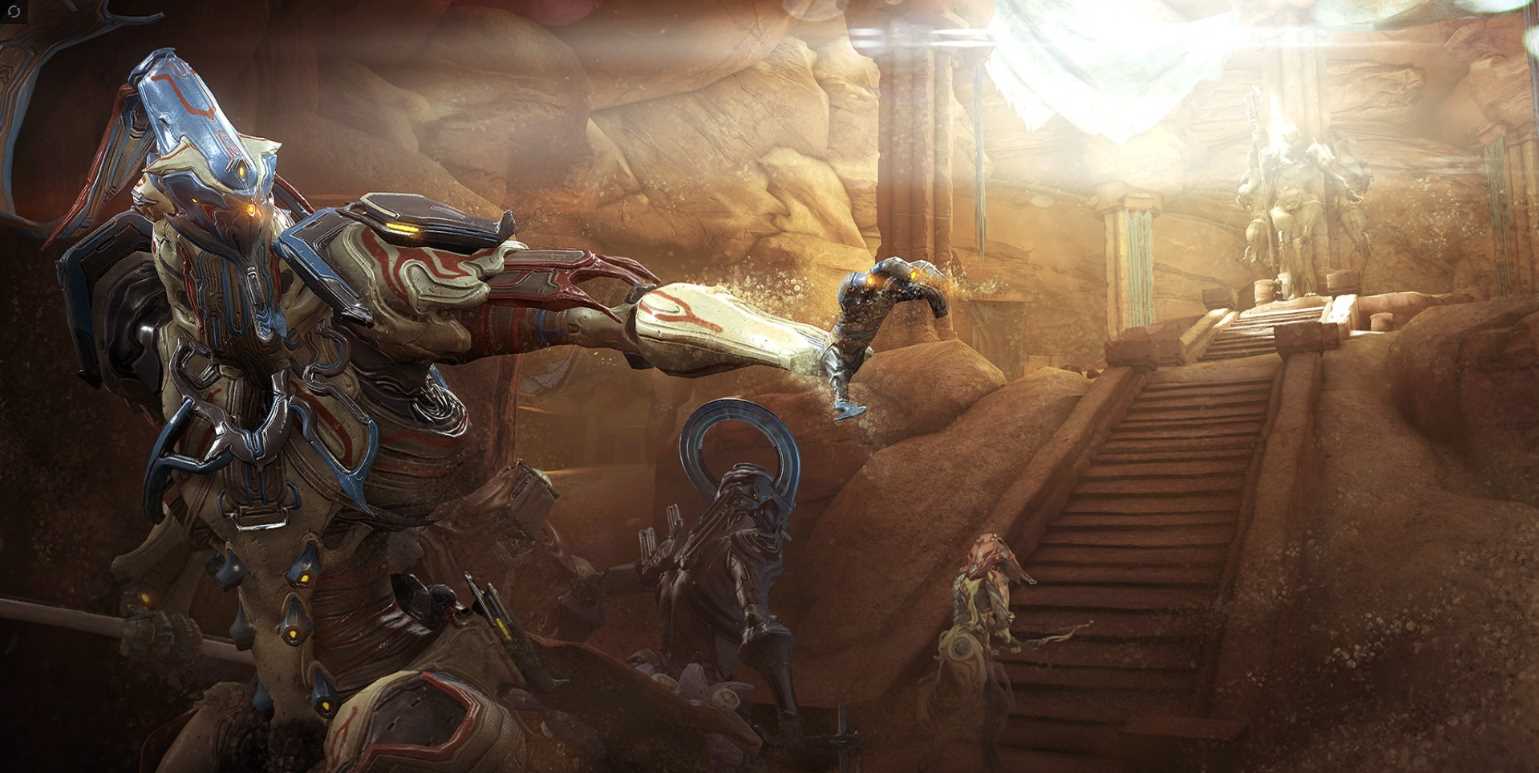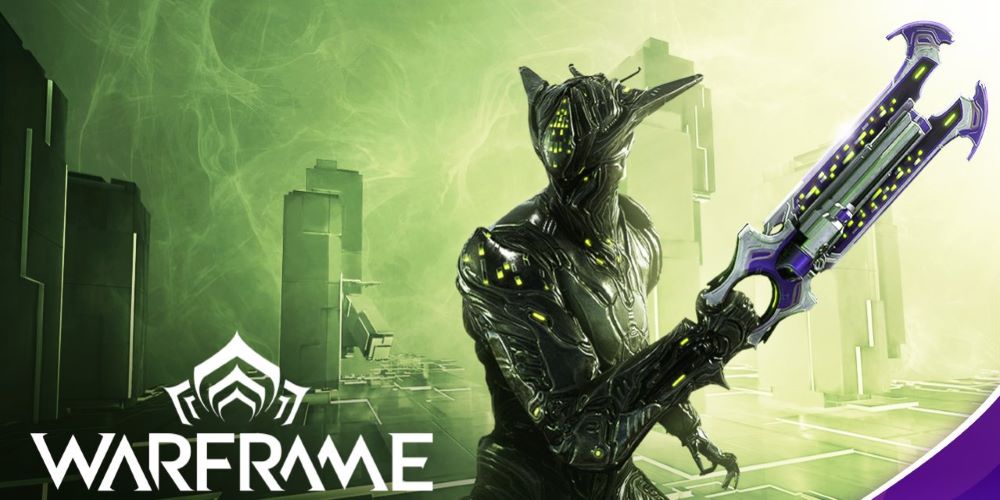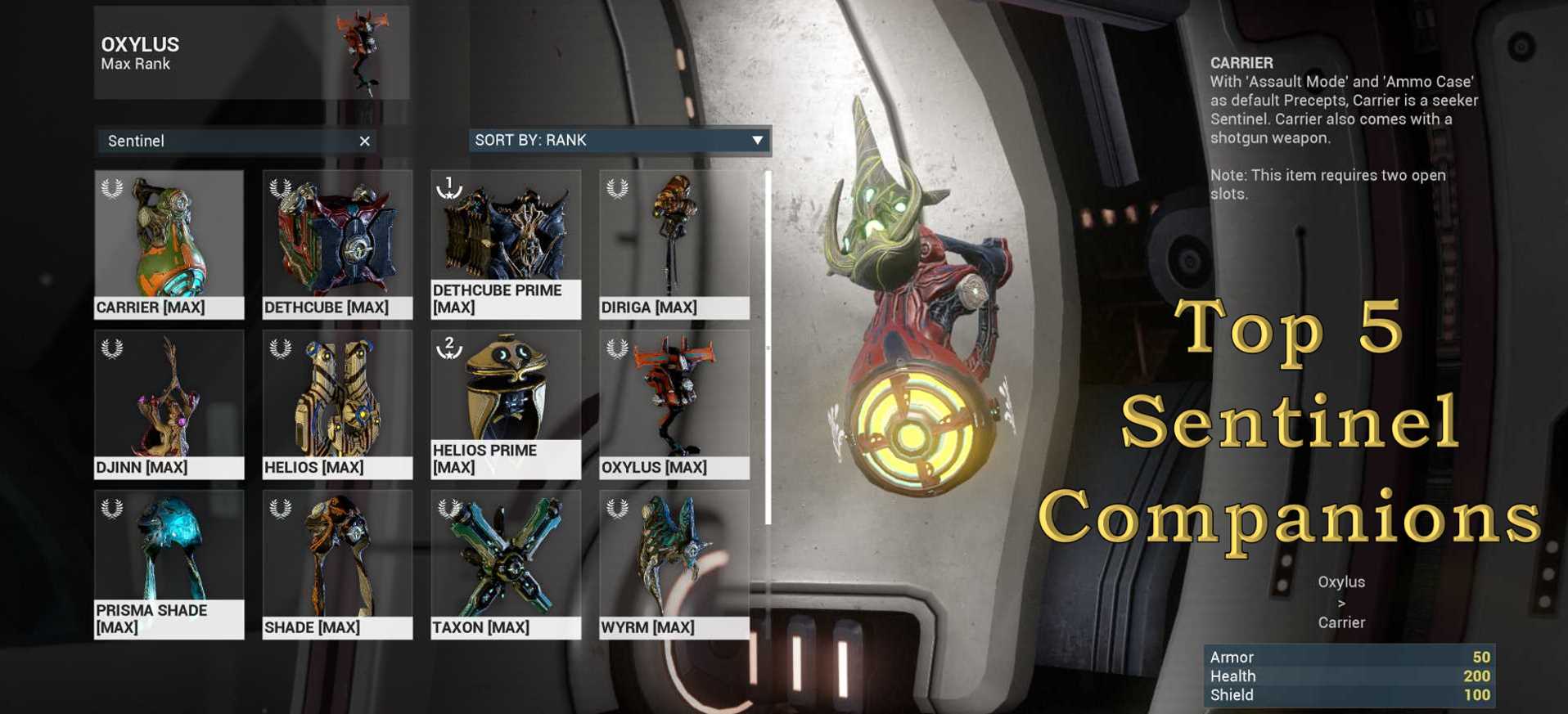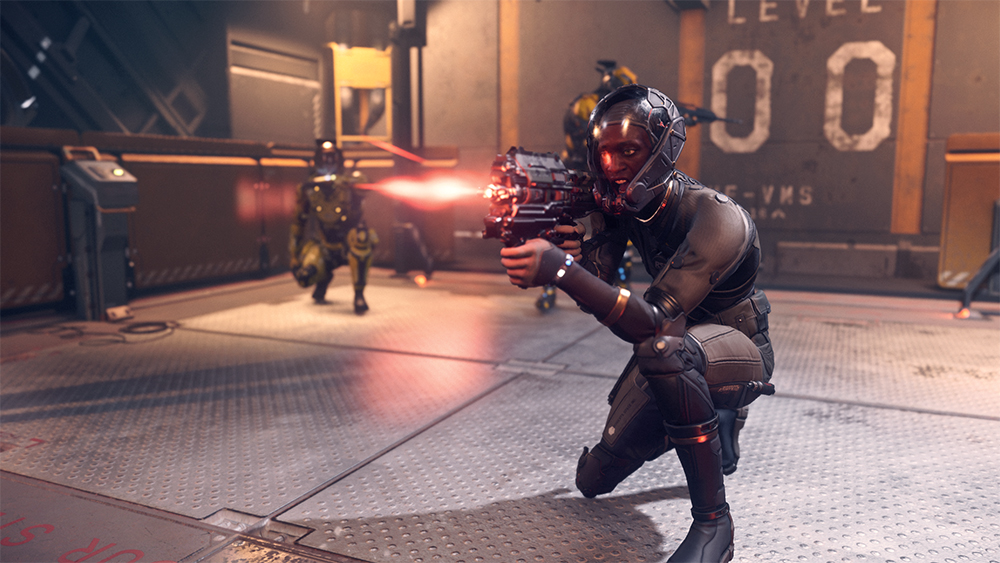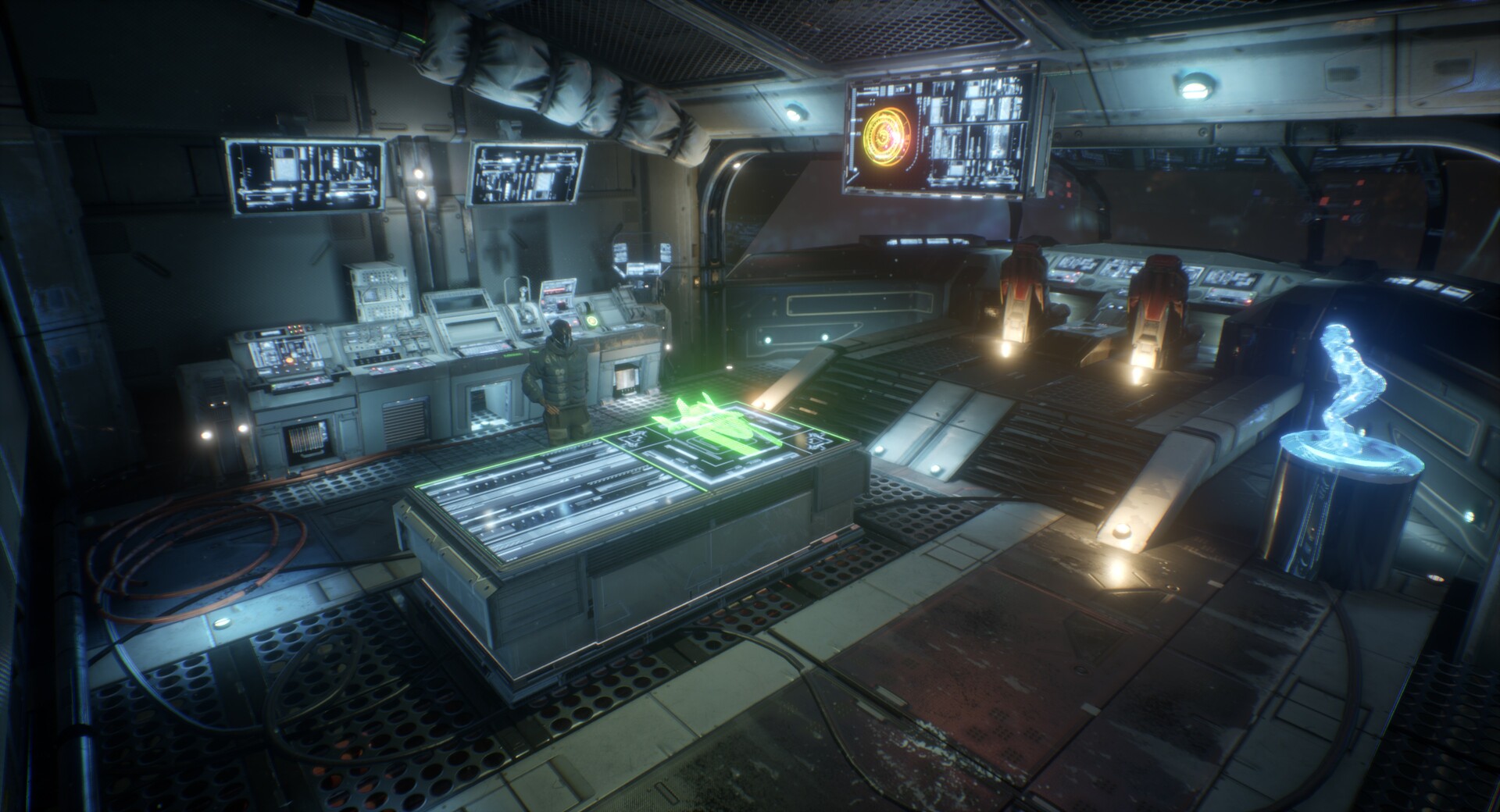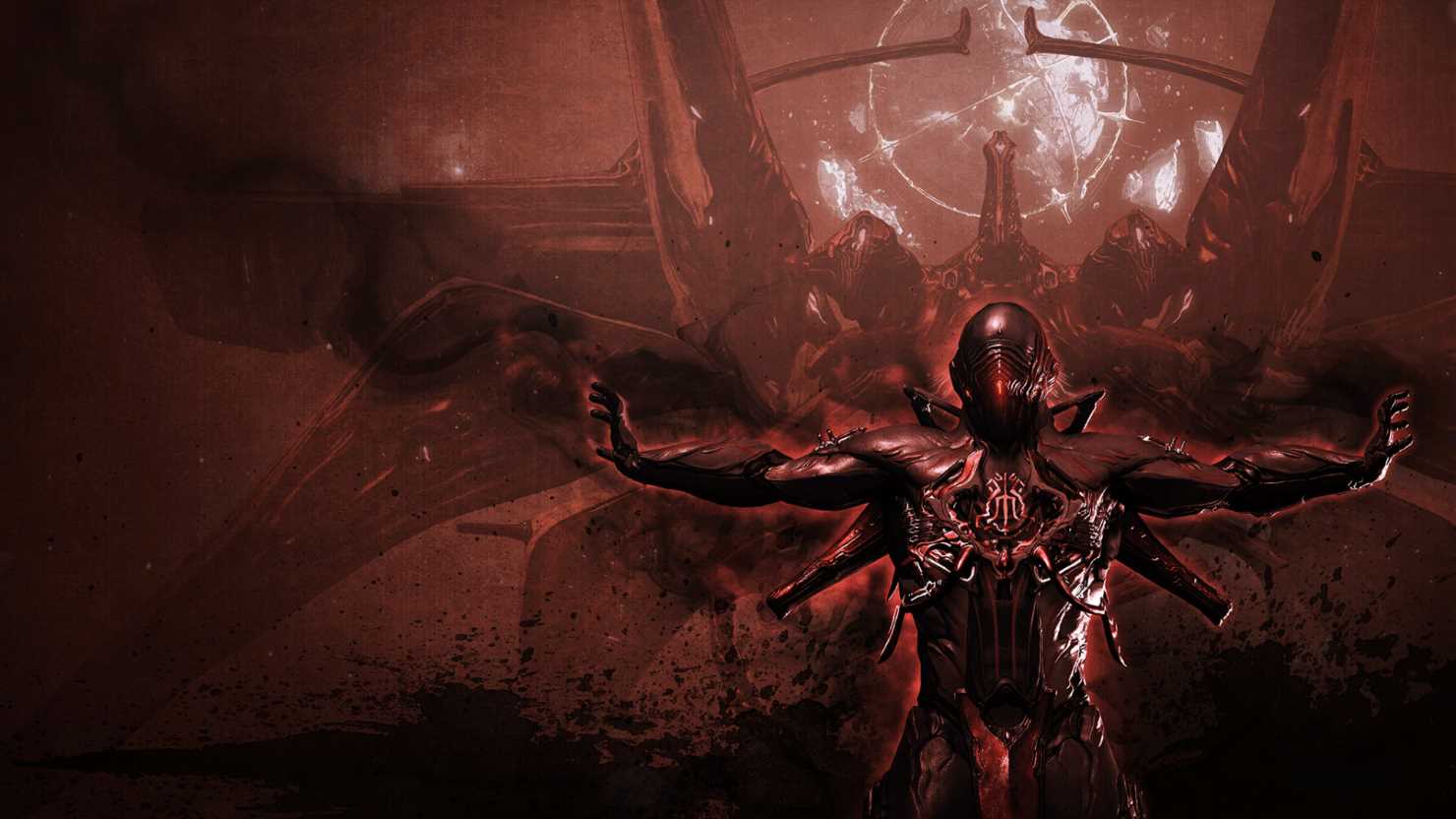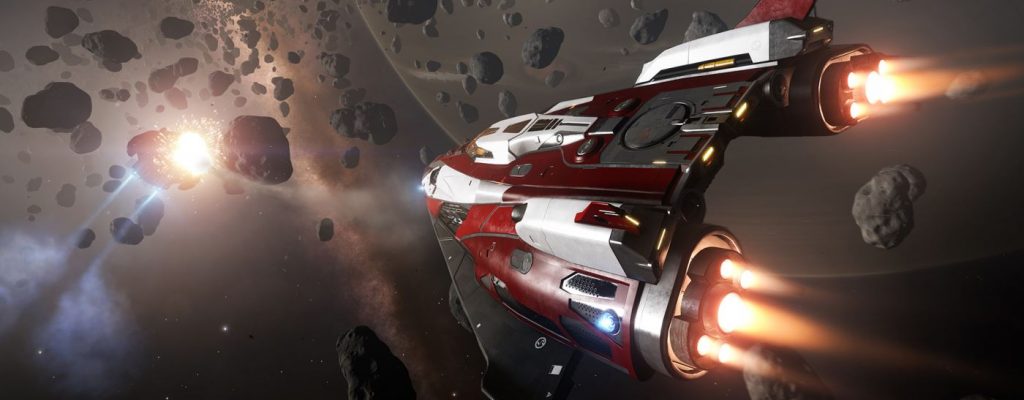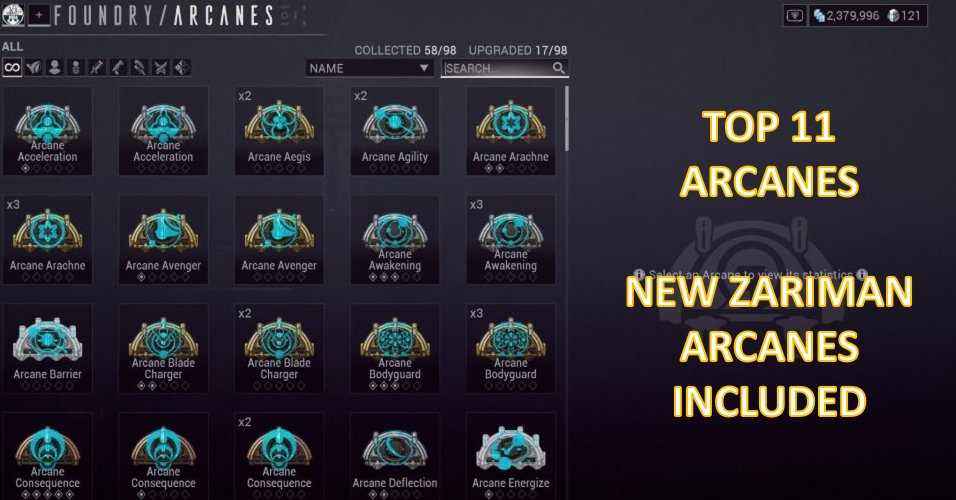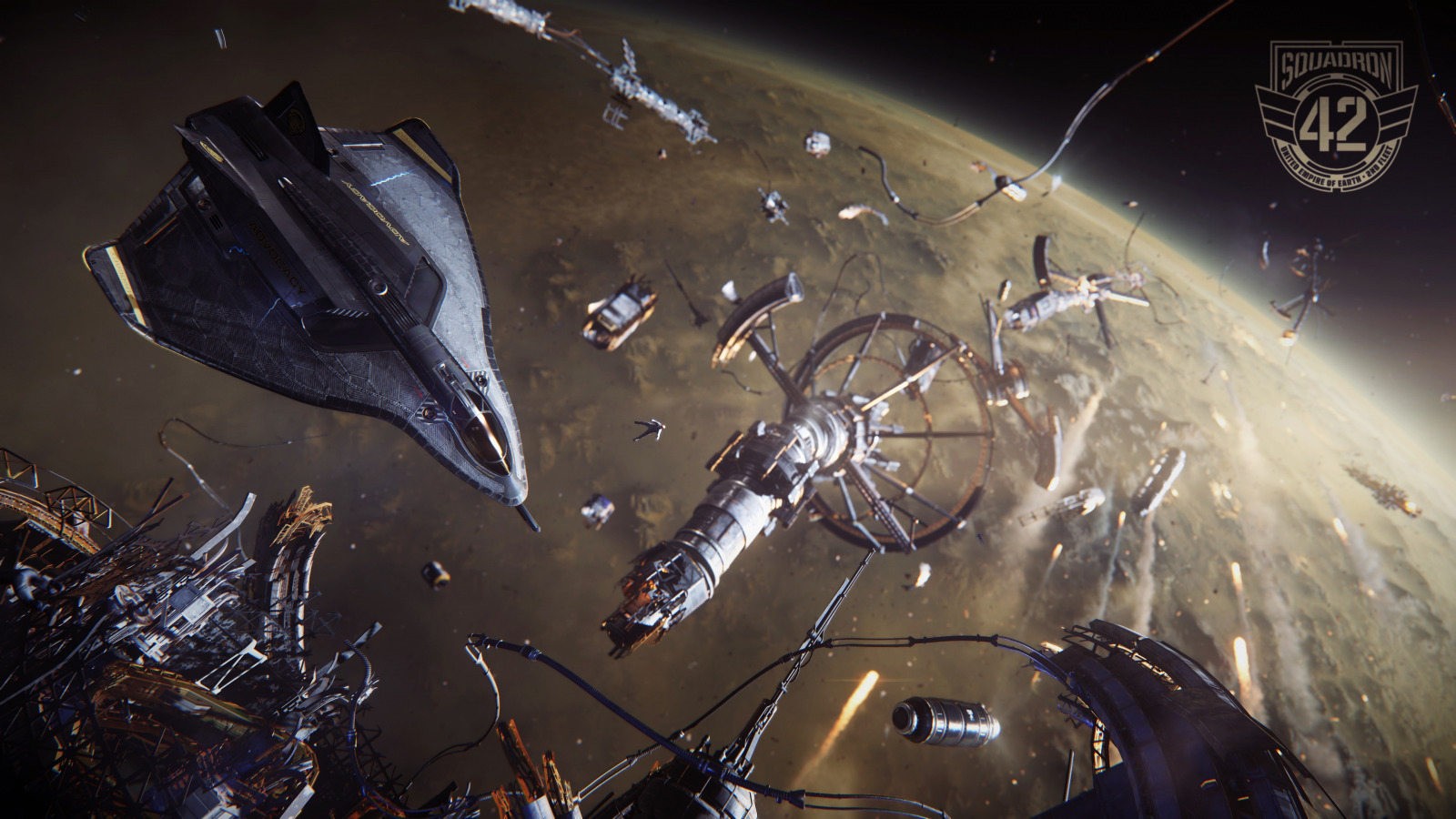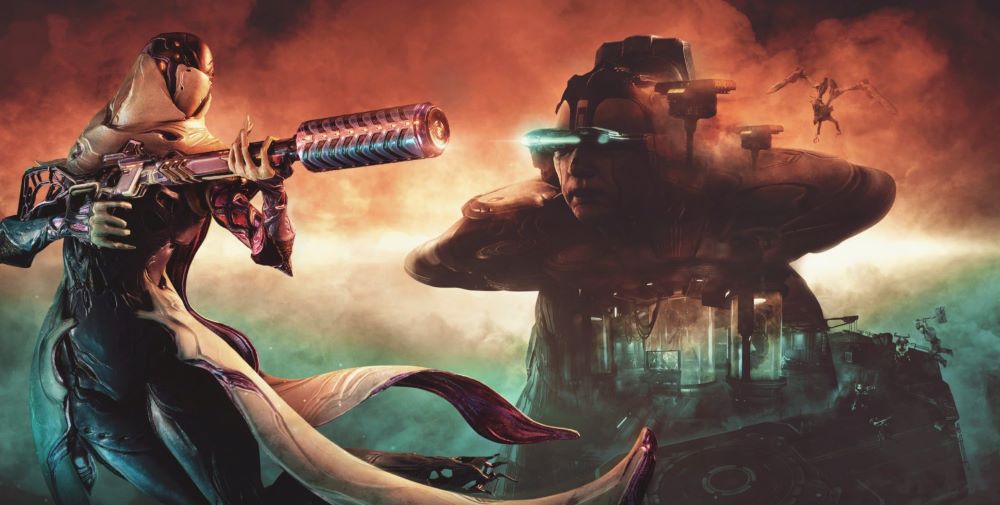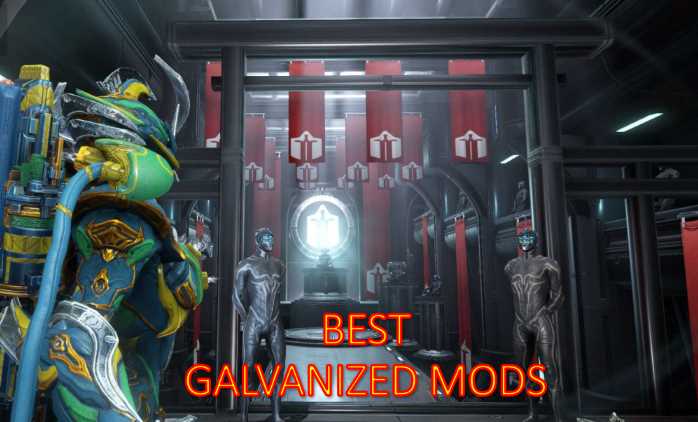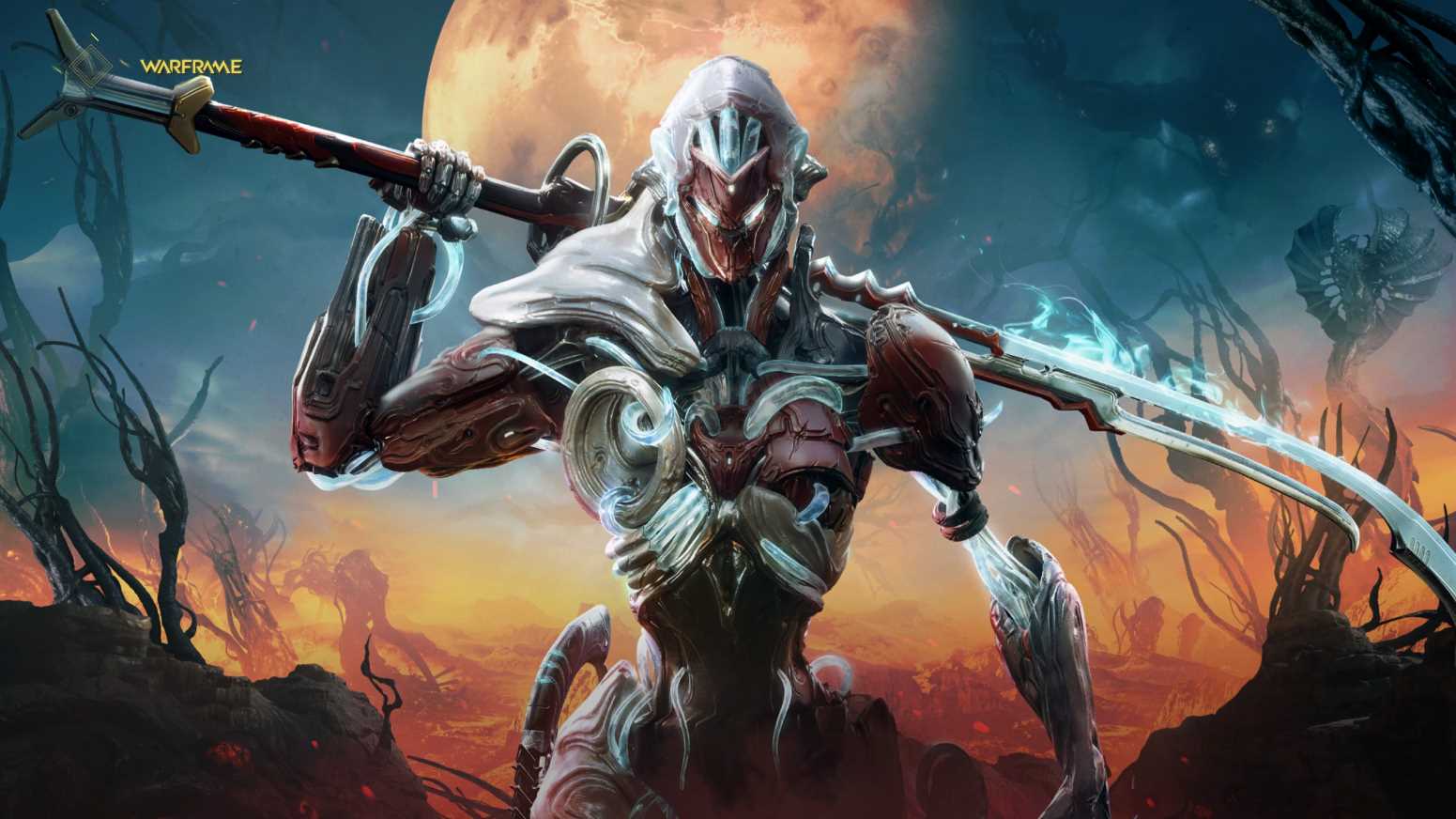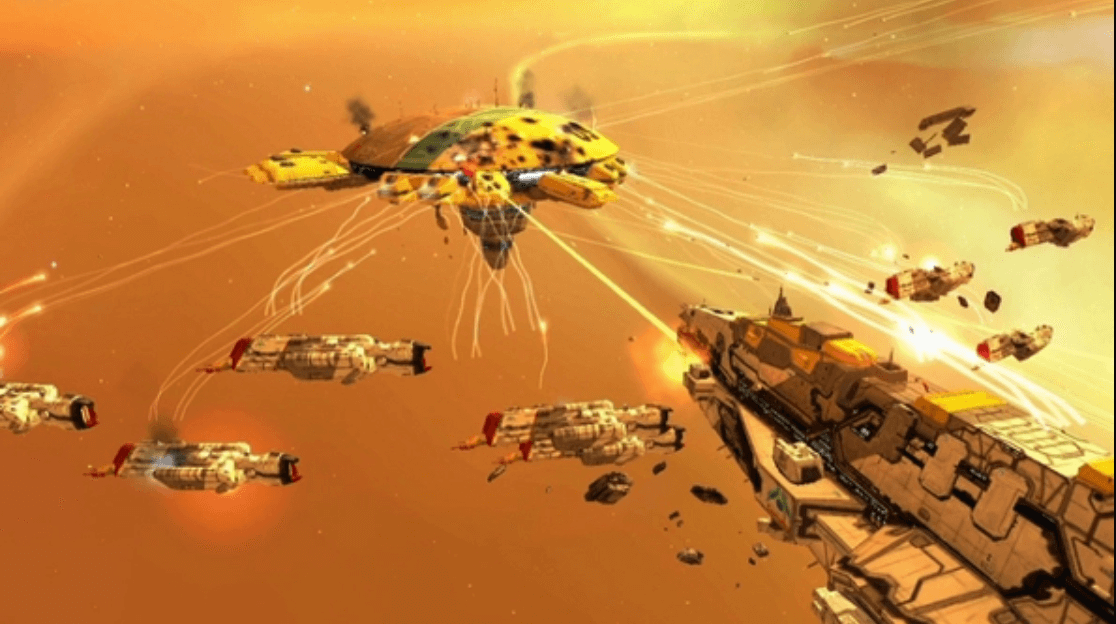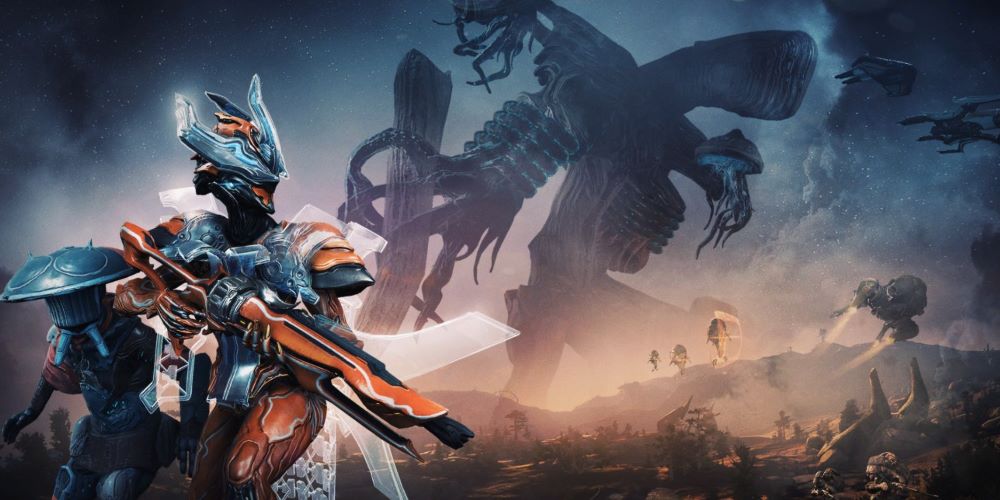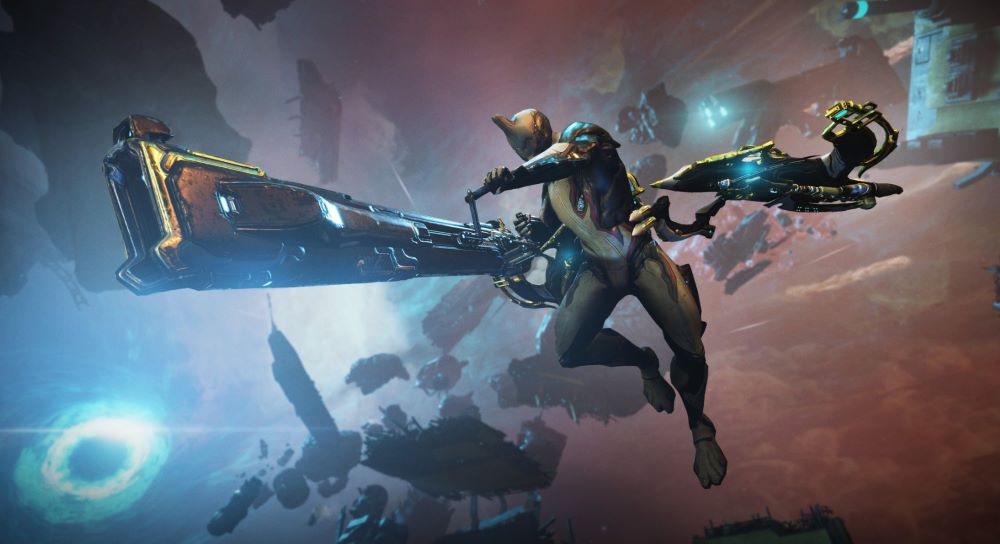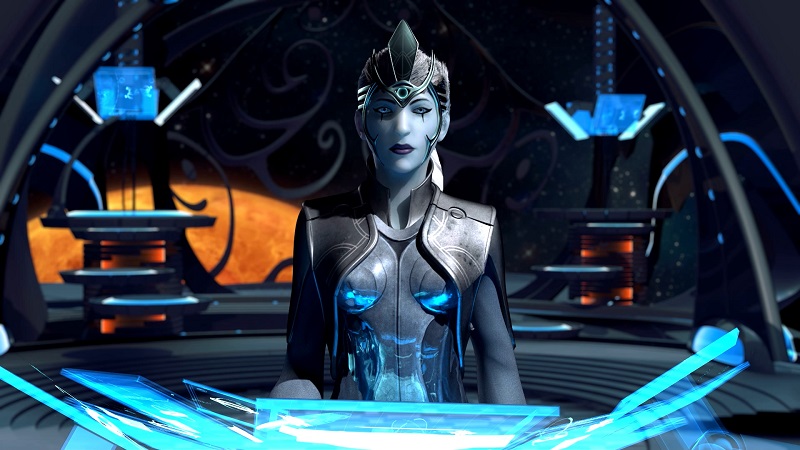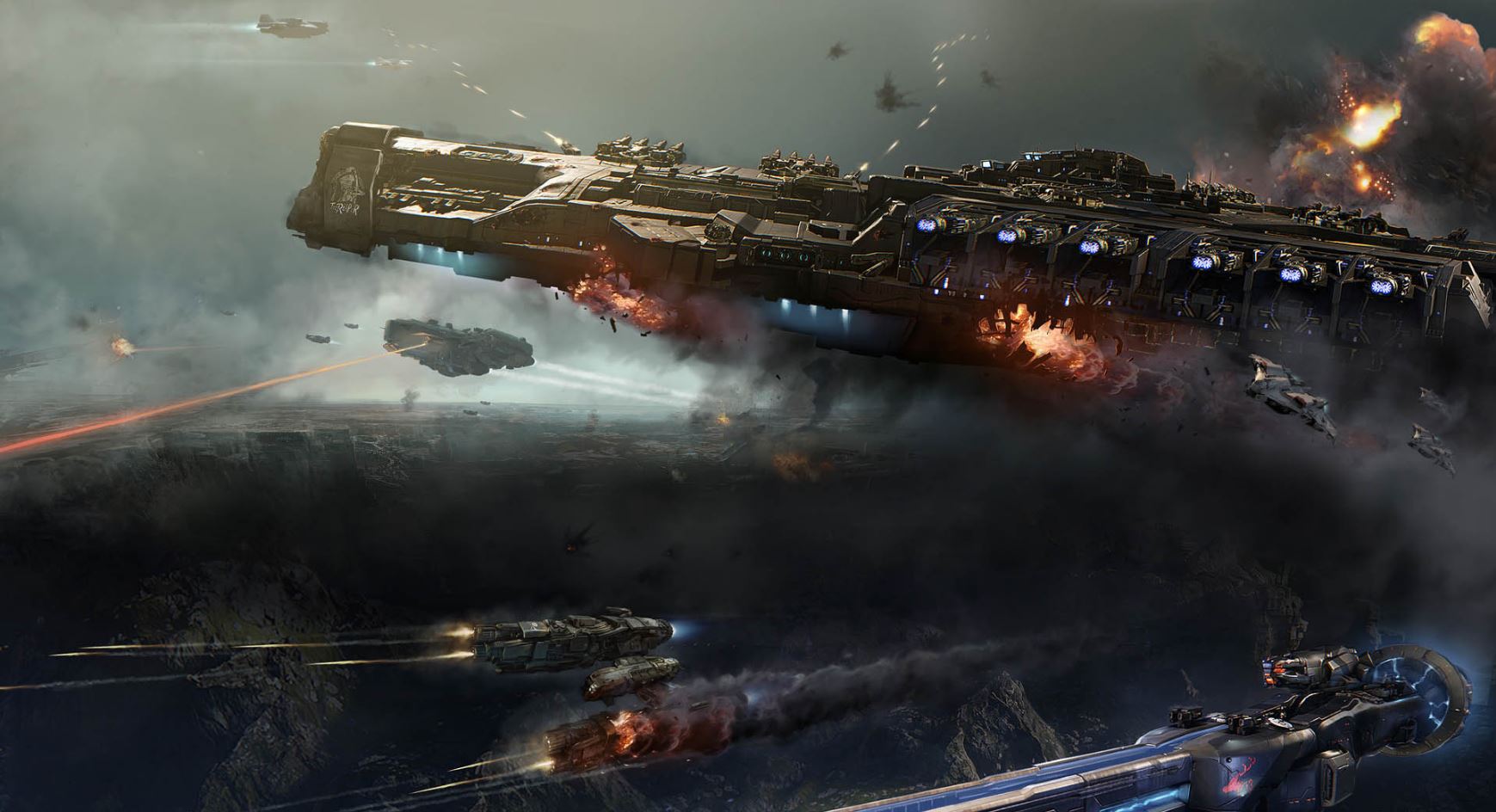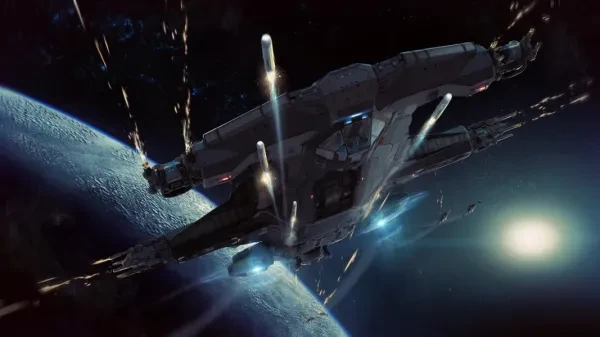
Kickstarter darling has been in development since, what feels like, the beginning of the universe.
Star Citizen was, and is, the brainchild of Chris Roberts, a designer/programmer responsible for the creation of the Wing Commander series. Announced way back in 2012, Roberts brought Star Citizen – his vision of massively multiplayer space sim – to the crowdfunding platform Kickstarter. In the six years since this initial announcement, the game has gone onto raise upwards of $181M dollars donated by over 2M individual players (known as “Star Citizens”), a stratospheric amount of money reaching new heights in 2017, with the revelation that the game had raised more than every other game that year on Kickstarter combined.

You could excuse Chris Roberts for having a permanent smile on his face since early 2012
To understand how this amount could be raised, let us take a step back and the possibilities of this electronic medium.
Video games give players the opportunity to go anywhere, to see anything. The sense of immersion you get from fighting an opponent on the battlefield or walking through a sprawling fantasy city is what make us play, day in day out. In recent times, the increasing power of PC hardware – which typically leads the charge in front of their console brothers and sisters – has allowed for ever growing game worlds, filled with hundreds if not thousands of hours of content, striving to increase this sense of immersion. Whilst this development has certainly had its teeming problems, game worlds are gradually starting to realise the promises of earlier generations – where huge land masses often lacked content and interesting adventures for the player to embark upon. Where to next then? How far could the boundaries be pushed?
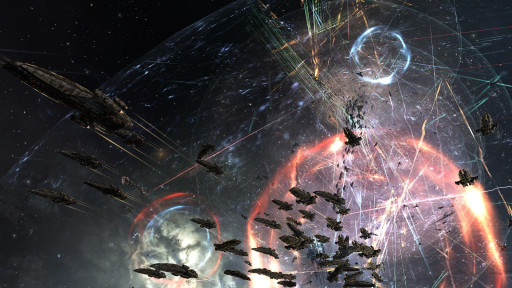
Imagine logging into EVE and seeing this:*closes door slowly behind him*.
Space based experiences are not new (just look to EVE or Elite Dangerous as two examples) however the scope – the promise of endless freedom, discovery; of unique environments, species and cultures – has never quite been realised. The sheer number of artists, engineers, designers and writers needed to flesh out a single planet environment - let alone a universe - would mean the games could take so long to develop that by the time they’re released interest may have waned. The much hyped No Man’s Sky attempted to do “the impossible” and deliver a living breathing universe by generating its planets procedurally and whilst commendable for its scope – with the number of planets too big to count – players quickly found a universe of repeated content and lacklustre gameplay.
Video game dreamers, those lying in bed at night and looking up to the stars wondering if a single title could ever fully encapsulate that sense of possibility synonymous with space exploration and in this dreaming, they turned to Star Citizen.
To utilize the huge amount of funding gained - whilst simultaneously appeasing the army of video game dreamers - Roberts initially implemented a “module approach” to development, whereby small snippets of the game would be released to the public (much like the stage milestone rewards of your average Kickstarter). The first of these modules was the “Hangar Module” released in August 2013, which allowed players to walk around their purchased ships (bought with real money on the games official site or as Kickstarter rewards for certain pledges) from the first-person perspective; the second was Arena Commander, allowing players to try their hand at ship combat.
These two smaller modules allowed players their first glimpse into the burgeoning online universe, culminating at the end of 2015 with the release of Star Citizen Alpha 2.0: a “mega module” containing a small, explorable universe, upon which would be built the remaining updates leading to the games full release. And around a year later, with the release of Alpha 2.6, players were finally allowed their first taste of FPS content with the Star Marine update, a vertical slice containing two game modes was finally was put out.
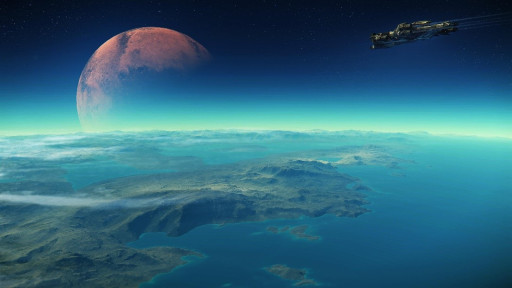
These small modules gradually built up an overall picture in the mind of the rabid backers as to what the game would eventually become; a game built upon three pillars: a space combat sim (in the vein of Elite), a first-person shooter (in the vein of Destiny) and an MMO (in the vein of EVE online). Part of the reason for the game’s incredible crowd funding success, is that Roberts (and his company Roberts Space Industries) promised to tie each of these genres seamlessly together, within a gigantic, procedurally generated universe. The released modules hinted at some of this scope yet there were fears that an ever growing project was beginning to break apart at the seams, whilst some felt that 2.0 was lacking in key areas.
And yet, development continued unabated. The most recent Alpha released (3.0 unlocked in late December 2017) brought a slew of new additions (incl. a more competent mission structure, three fully formed moons and in atmosphere flight). Building upon the work of Alpha 2.0 a more constant stream of additions seemed to be coming for backers, after the earlier more barren years of development. However, with the game now six years into its development cycle and with no end in sight, you could excuse those who’ve invested in Star Citizen for becoming a little impatient[JJ1] . It remains hard to tell whether the money has been well spent – there being no precedent for this level of crowdfunding for a single video game – and with the module nature of the game’s development, it’s still difficult to discern how the game will come together in the end.
All we can do is sit back and watch milestones roll by, studying the roadmap of future updates, split by quarter for the coming year. If you’re interested in seeing the current state of the game, head on over to Twitch to see seasoned players exploring the latest version of the game.
For those space dreamers, longing for a game like Star Citizen, longing for the “ultimate” space exploration sim, this uncertainty must surely be frustrating. All we can say, is that based on the small snippets shown off to the public – like the one showcased above at last year’s CitizenCon – it sure looks good.

